Mexico City’s Railroad Museum (Museo de los ferrocarrileros) represents the important final years 19th century and the first decades of the 20th. Railroads became an unmistakable part of the Mexican landscape and of everyday life. It was a key part of the country’s modernization process. Railroads changed everything: business dynamics, communications between cities, and the way that people and goods traveled. The Railroad Museum is today a cultural space in which the history of industry, labor strikes, and big conflicts can be told and understood. It’s also memorial to the many heroes, leaders, and innovators who rode along, and who wrote their own history.
The old La Villa railroad station long served La Villa de Guadalupe. It’s today the oldest standing train station in the city. It stopped serving rail passengers in 1990. Built in 1907, it’s on part of the old Hacienda de Santa Ana de Aragón. The stone-clad structure relies on an iron vault made from discarded railway tracks.
The museum has been open since 2006. Designers remodeled the original train station to provide four exposition halls for permanent and temporary exhibitions. Outside the building, a courtyard includes several antique trains and steam engines.
The museum exhibits include mostly items and artifacts from the collections of other institutions. One of stars of the museum’s own collection is the “Sin Fuego” locomotive. A pressure steam locomotive, it relies on an electric motor to produce steam. The engine is from the Davenport Locomotive Works in Davenport Iowa, . Purchased by PEMEX, the Mexican National Petroleum Coompany, in the 1940s, it worked at the refinery at Azcapotzalco until the 1990s when the facility was closed. The Museum received the locomotive as a donation only in 2014.
The Railroad Museum is just a few minutes walk from the Basilica de Guadalupe, and La Villa, as the larger complex is known.
Hours: Tuesday through Sunday, 10 a.m. to 5 p.m.
 museodelosferrocarrileros@gmail.com
museodelosferrocarrileros@gmail.com
 +52 (55) 5118 6407
+52 (55) 5118 6407
 https://www.facebook.com/museodelosferrocarrilerosoficial
https://www.facebook.com/museodelosferrocarrilerosoficial

Nearest at 0.10 kms.
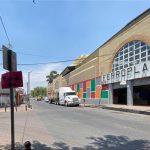
Nearest at 0.12 kms.
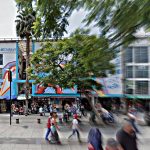
Nearest at 0.20 kms.
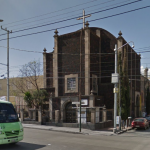
A very old church calls to mind the long history of the Villa Guadalupe Hidalgo . . .
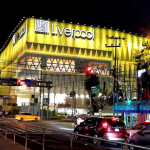
One of Mexico City's biggest shopping malls is pet friendly, too . . .

A market just south of the Bosque de Aragón Metro station. . .
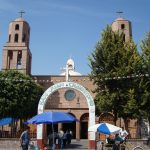
The town church of the Pueblo de San Juan de Aragón...
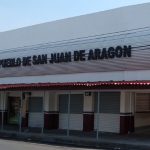
The central town market for the original settlement of San Juan de Aragón.